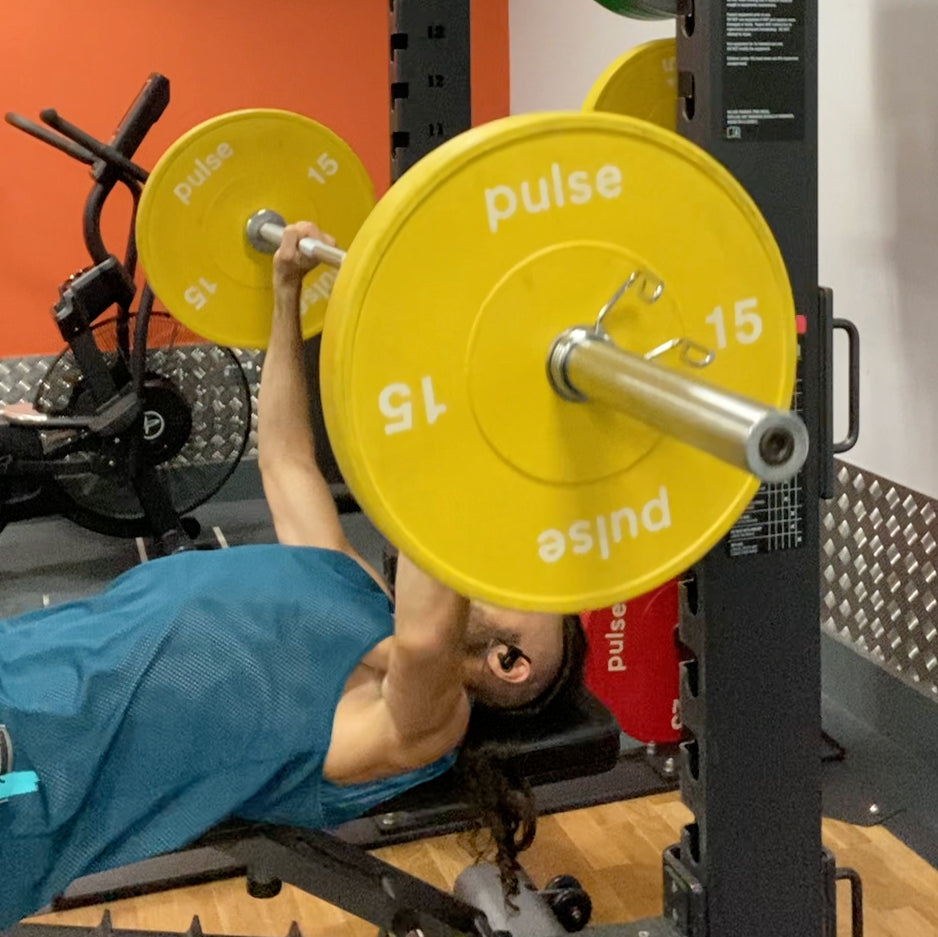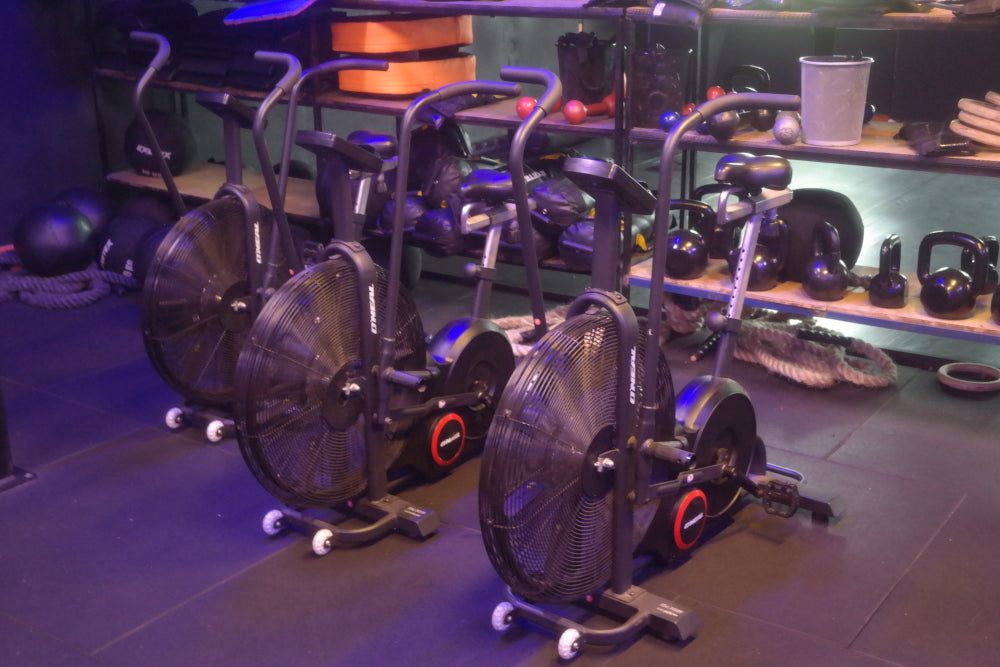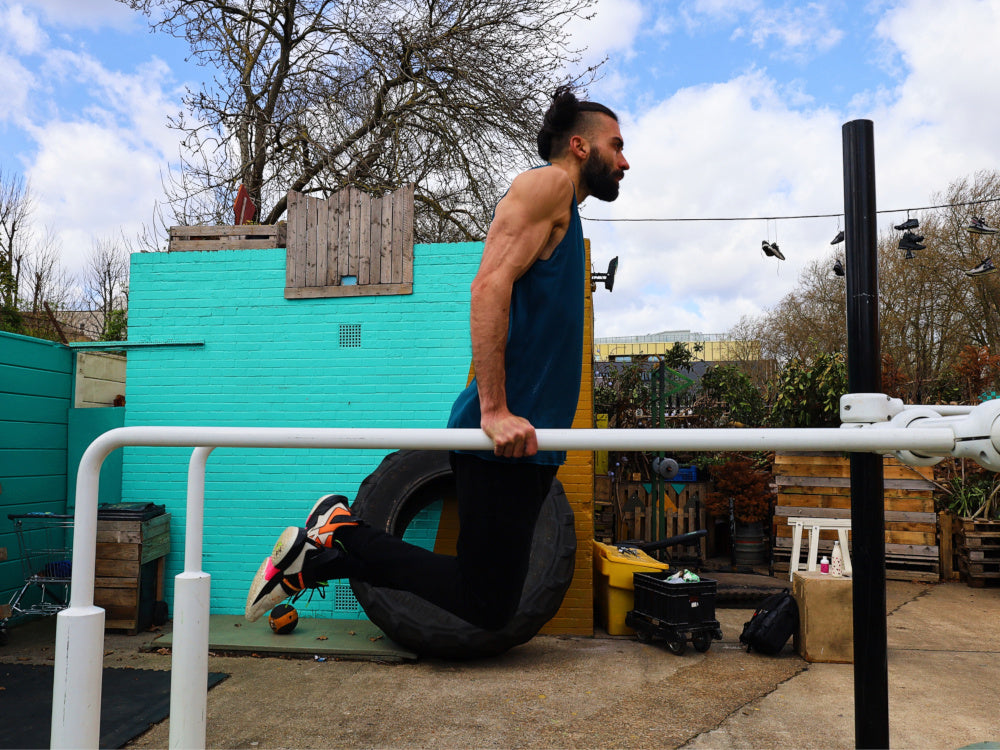Low Impact High Loss Cardio Training: Burn Fat with Ease
Welcome to our guide on achieving fat loss without enduring cumbersome training! At our fitness center, we understand that intense workouts may not be everyone's cup of tea when it comes to losing fat. That's why we emphasize the importance of training protocol and offer a balanced approach that combines exercise scheduling and a healthy diet.
In this article, we'll delve into the process of dealing with fat in your body and provide you with valuable insights to help you succeed in your weight loss journey. We'll explore the concept of lipolysis, explain its significance, and guide you on how to schedule your cardio workouts effectively.
First and foremost, let's clarify that low impact training can be suitable for various fitness profiles. Whether you're new to the fitness world or simply prefer a less intense approach, our training methods can be tailored to your needs and abilities.
Lipolysis, the process we'll focus on, is a natural phenomenon in your body. Without getting too technical, it consists of two main components: the fasting phase and the trigger point, which occurs after approximately 40 minutes of cardio exercise. To streamline your daily routine, we recommend performing cardio before breakfast.
During the night, your body enters a fasting phase, depleting the immediate energy resources stored in your muscles for essential bodily functions. Outside of this fasting phase, your body primarily uses stored fat for energy, heat, and insulation. However, when your caloric intake is low, stored fat becomes the main source of energy, preserving protein.
To initiate the conversion of stored fat into nutrients for your muscles, you need to engage in cardio exercise for at least 40 minutes. From that point onward, your liver transforms the fat into usable nutrients, which are then utilized by your muscles throughout the duration of your workout.
For optimal results, we recommend engaging in cardio sessions lasting over an hour to maximize lipolysis (40 minutes to trigger, followed by at least 20 minutes of processing). Moderate-intensity cardio is preferable to ensure safety, as heavy weights and explosive movements may deplete the limited muscle nutrients.
Whether it's a jog, a bike ride, or using cardio equipment, choose an activity that suits your preferences and keeps you engaged. Here are some key points to consider:
- Warm up before starting your cardio session to prevent potential injuries.
- Don't forget to stretch afterward to aid in your recovery.
- A complete and balanced breakfast is recommended after this type of training.
- If you're seeking warm-up and stretching examples, feel free to contact us, and we'll be happy to share them on our Instagram page based on popular demand.
For further details, reach out to us via email, and we'll provide additional information to support your fitness journey.
Wishing you a fantastic day filled with enjoyable and productive training!
Jocelin
References:
- Frühbeck, G; Méndez-Giménez, L; Fernández-Formoso, JA; Fernández, S; Rodríguez, A (June 2014). "Regulation of adipocyte lipolysis". Nutrition Research Reviews.
- https://blog.nasm.org/fitness/exercise-essentials-a-better-understanding-our-aerobic-energy-pathway?utm_source=blog&utm_medium=referral&utm_campaign=Breakfast-and-Fasted-Cardio-–-Is-it-Really-Worth-it?&utm_content=energy-pathways
- Duncan, Robin E.; Ahmadian, Maryam; Jaworski, Kathy; Sarkadi-Nagy, Eszter; Sul, Hei Sook (August 2007). "Regulation of Lipolysis in Adipocytes". Annual Review of Nutrition.








